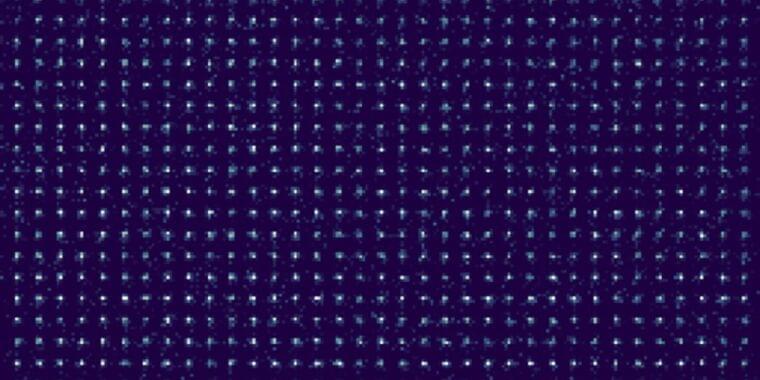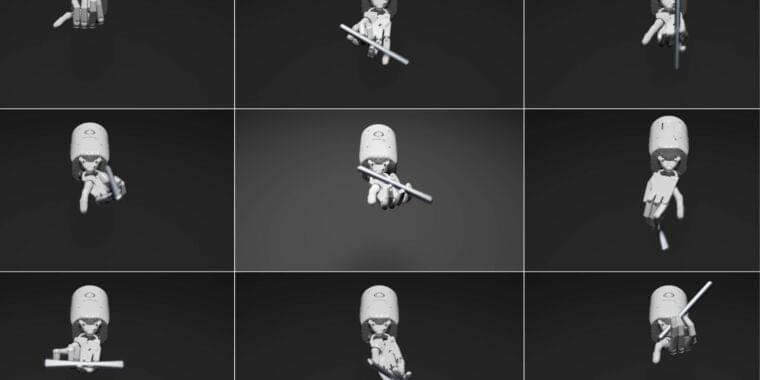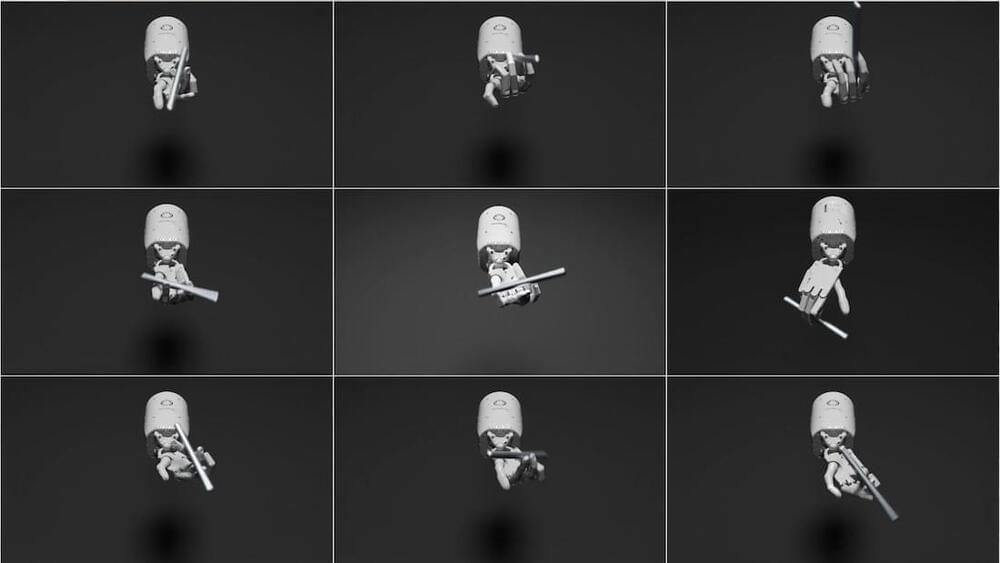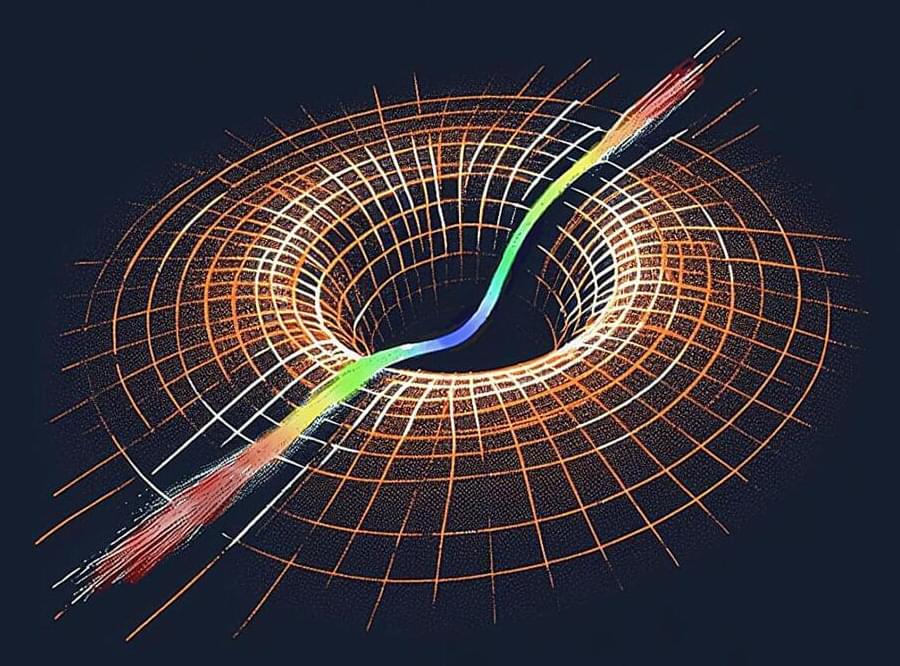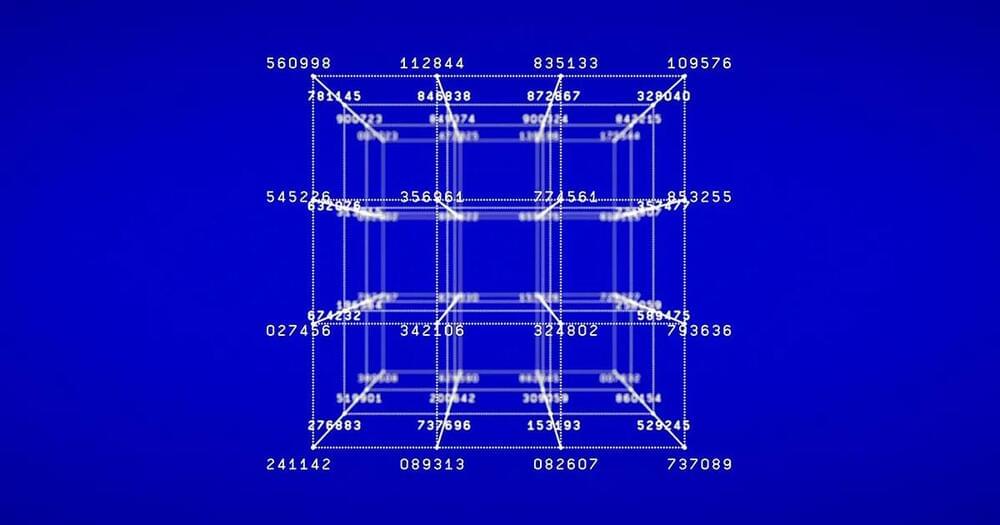Oct 25, 2023
Atom Computing is the first to announce a 1,000+ qubit quantum computer
Posted by Robert Bosnjak in categories: computing, information science, particle physics, quantum physics
How many qubits do we have to have in a quantum computer and accessble to a wide market to trully have something scfi worthy?
Today, a startup called Atom Computing announced that it has been doing internal testing of a 1,180 qubit quantum computer and will be making it available to customers next year. The system represents a major step forward for the company, which had only built one prior system based on neutral atom qubits—a system that operated using only 100 qubits.
The error rate for individual qubit operations is high enough that it won’t be possible to run an algorithm that relies on the full qubit count without it failing due to an error. But it does back up the company’s claims that its technology can scale rapidly and provides a testbed for work on quantum error correction. And, for smaller algorithms, the company says it’ll simply run multiple instances in parallel to boost the chance of returning the right answer.
Continue reading “Atom Computing is the first to announce a 1,000+ qubit quantum computer” »
